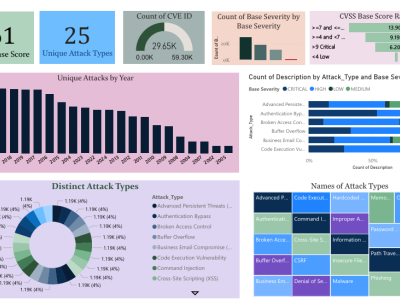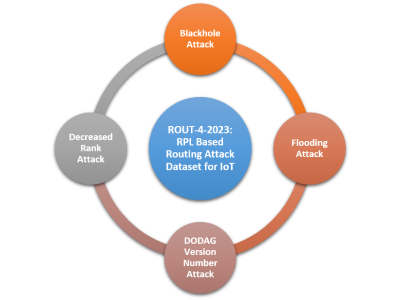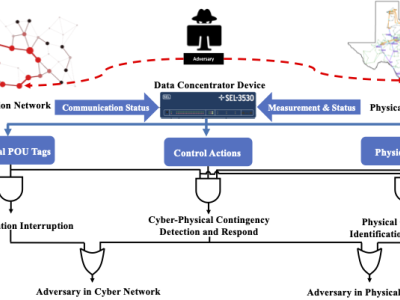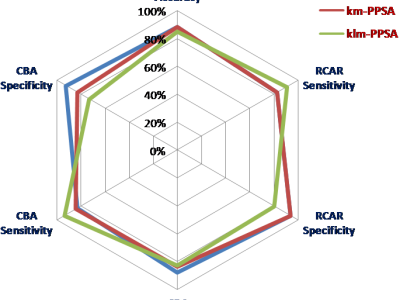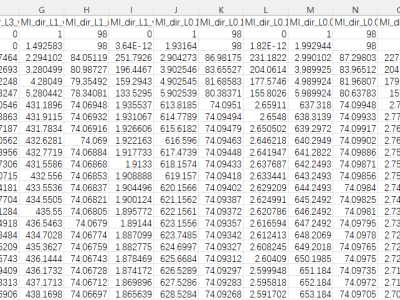
The proliferation of IoT devices which can be more easily compromised than desktop computers has led to an increase in the occurrence of IoT-based botnet attacks. In order to mitigate this new threat there is a need to develop new methods for detecting attacks launched from compromised IoT devices and differentiate between hour and millisecond long IoT-based attacks.
- Categories:


